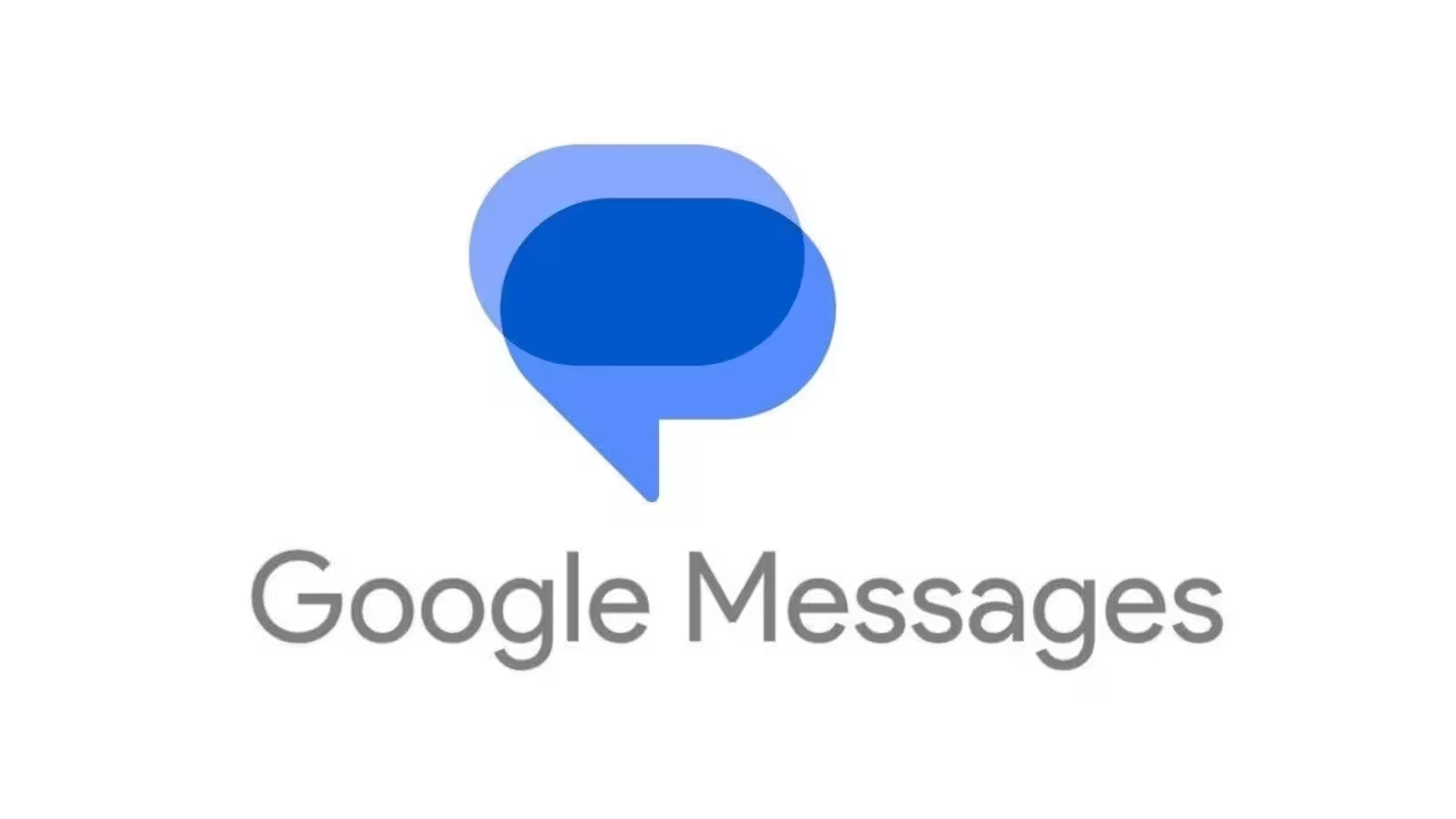3 Minutes
Google Revamps Messages App for Wear OS with Material 3 Expressive Design
Google is rolling out a striking new look for its Messages app on Wear OS smartwatches, introducing the highly anticipated Material 3 Expressive interface. This design overhaul was first discovered by users on the Pixel Watch 3 and is part of Google’s broader efforts to modernize its app ecosystem with fresh visuals, improved UI elements, and a seamless cross-device experience.
Key Features: Modernized Design and Enhanced Usability
The latest refresh brings a host of visual updates that align with the Material 3 Expressive ethos. Message bubbles now boast subtle color gradients, offering a more lively and contemporary appearance, while filled, colorful buttons provide quick access to key features. The interface incorporates customizable shapes, enabling more intuitive interactions and guiding users as they navigate the app. Additionally, new list options feature enhanced buttons that combine icons and text, and certain menu elements are contoured to hint at their scrollable functionality, increasing accessibility on smaller smartwatch displays.
Rollout Details: Who Will See the New Google Messages UI?
Despite the excitement, the Material 3 redesign for Google Messages appears to be rolling out gradually. Some users with the latest version are already seeing these changes on their devices—primarily on the Pixel Watch 3 and potentially other recent Wear OS models—while others are still waiting. This staggered, server-side deployment hints that Google is closely monitoring feedback before a broader release. As a result, the exact availability may depend on device generation and region, a common approach for Google aiming to ensure stability and optimize user experience.
Material 3's Influence Spreads Across the Google Ecosystem
The expressive new design is not just limited to wearables. Google is systematically updating its suite of apps on Android phones and tablets with Material 3 features. For instance, the Messages app is trialing the redesign with beta testers on mobile, while Google Keep recently added a more prominent search bar and larger icons. Google Phone has also benefited from the update with a fresh dialer and rounded cards, mirroring the direction toward more vibrant and ergonomic interfaces.
Tech Industry Comparison: How Google Compares to Apple
Google’s rollout comes at a time when Apple is also pushing the boundaries of design with its Liquid Glass user interface in iOS 26 and watchOS 26. Whereas Apple emphasizes fluid transitions and a transparent, futuristic aesthetic, Google’s approach is characterized by bold color accents and dynamic shapes. While Apple tends to push changes uniformly across devices, Google is taking a more measured approach, staging its Material 3 Expressive updates across platforms—a method that, while ensuring refinement, sometimes frustrates eager users seeking consistency.
Advantages and Use Cases for Wear OS Users
The new Material 3 Expressive design offers obvious benefits to Wear OS users. The updated visuals not only deliver a more engaging messaging experience but also improve navigability on compact smartwatch screens. This design cohesion across smartphones, tablets, and wearables fosters seamless continuity for those invested in Google’s ecosystem, appealing heavily to tech enthusiasts and professionals who value synchronized digital experiences.
Market Relevance: Staying Competitive in Wearable Tech
Google’s steady commitment to refining Wear OS is critical as the competition intensifies against Samsung’s One UI Watch and Apple’s watchOS. While the new Material 3 look may not be a drastic game-changer, it reinforces Google's active role in enhancing wearable software design. As users increasingly expect feature-rich, visually engaging smartwatch experiences, such incremental improvements keep Google relevant in the fast-evolving wearable technology landscape.
Source: phonearena



Comments